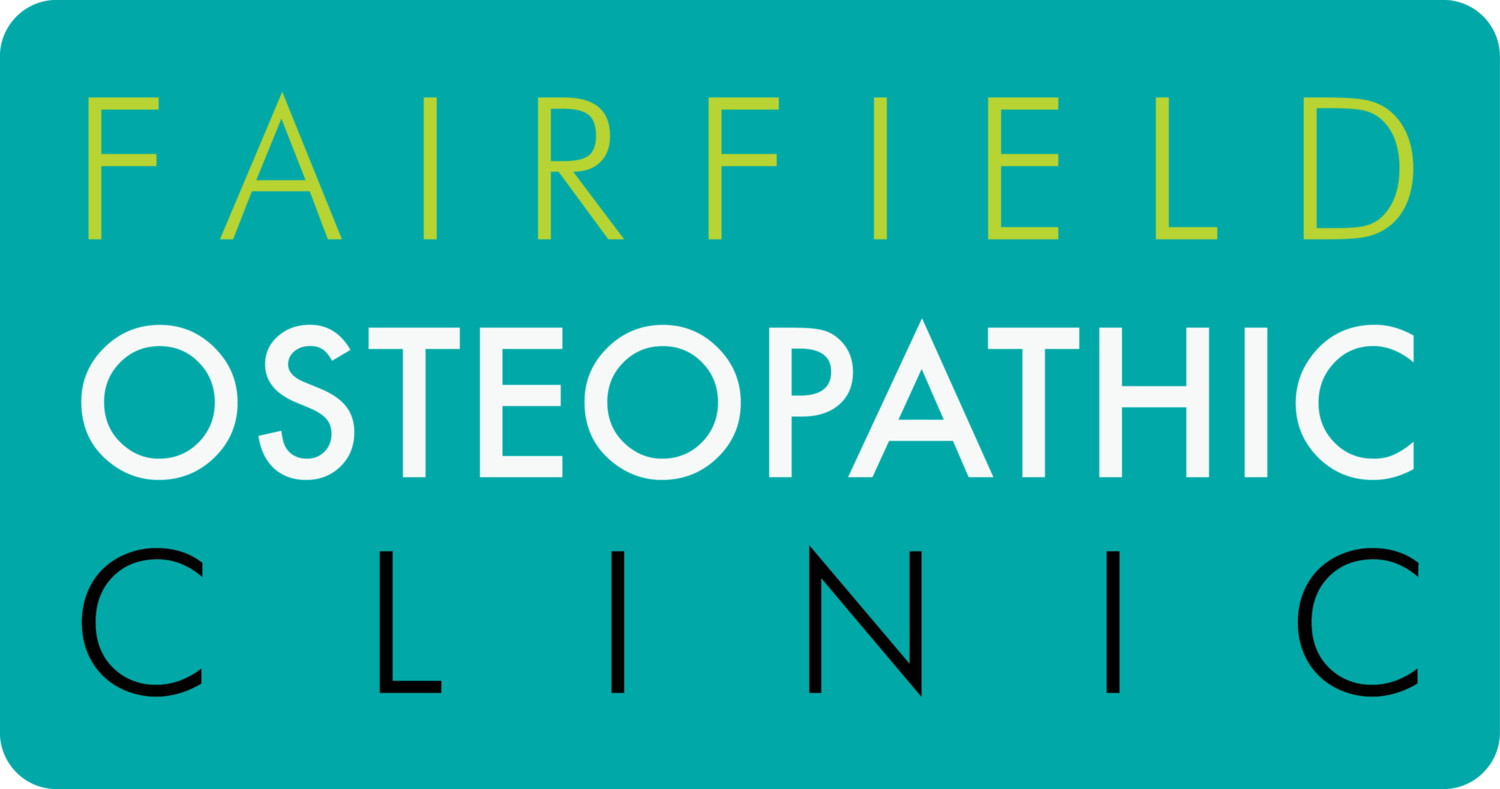Peripheral nerve entrapment/compression syndrome
Nerves are fairly robust non-elastic structures that branch off from the spinal cord and are distributed all through our amazing body. Some nerves proceed from the spinal cord and continue all the way to the skin. Their journey has them pass through many tissue layers, around tight corners, under bony bridges and between tight muscles.
Each layer they pass through can move and shift with our daily activities and the nerves are impacted by both internal and external stimuli.
Nerves pass through small gaps, or tunnels, through these tissue layers and where the nerves pass from one layer into another they are subject to shearing forces that may impinge nerves and cause localized ischemia (low blood supply and oxygen) and send nociception (danger signals) to the 'higher levels' of the nervous system. Importantly, this may lead to pain, increased muscle tension, and other protective responses.
When this occurs, it is referred to as nerve compression/entrapment syndrome, or tunnel syndrome.
helping out the nerves
Movement generally helps feed nerves to help them stay happy and healthy. Sometimes, they need a helping hand if we’ve been over or under-doing certain activities or lifestyles.
Manual therapy is recommended as a form of conservative management for nerve entrapment/compression syndromes (REF).
Manual therapy techniques support your nervous system and body, encouraging it to adapt and move with increased ease.
neurodynamics
Moving nerves (neurodynamics) can help restore nerve health. David Butler and Michael Shacklock are two Australian physiotherapists who pioneered this treatment approach. All of our osteopaths implement this form of nerve mobilisation if indicated and will teach you to continue this at home should you need.
Nerves that reach the skin
Since tunnel syndromes often involve cutaneous nerves (found throughout the skin and subcutis), moving nerves attached to the skin might resolve some musculoskeletal pain.
This is called Dermoneuromodulating (DNM). Angie Bruce is qualified to offer this unique approach.
dermoneuromodulatiing
Dermoneuromodulating (DNM) is a gentle and interactive method of treatment. Importantly for some people, it is a pain-free technique.
Some techniques might be familiar as gentle manual therapy techniques are applicable to many pain conditions.
To effectively apply DNM, practitioners must have a thorough understanding of the nervous system.
A DNM consultation will consist of:
an explanation of the neuroscience and brain mechanics behind the technique to assure your understanding of the treatment
develop an understanding of the sources of your pain and how best to treat it
use body positioning and/or skin stretching
pressure used in skin stretching is insufficient to damage or deform the underlying muscle, fascia, or other soft tissues
some form of athletic taping may be offered for suitable clients to assist between treatment sessions
what can i expect afterward
Many people can move with less pain after one session, and frequently, with some low-key, effortless movement homework, they may only attend one appointment.
Others may end up attending a few times, as variation in life circumstances and habits may affect a treatments’ effectiveness, instead opting for multiple appointments for better relief.
who developed dnm?
DNM as a concept was developed by Diane Jacobs; a Canadian physiotherapist specialising in pain science and the treatment of painful conditions. The concept of Diane Jacobs’ approach to manual therapy for clients in pain: dermo (skin); neuro (nervous system); modulation (change); which equals dermoneuromodulation, or touching the skin to interact with the nervous system and effect change.
I’m interested in learning more
It is important to understand that pain and tight muscles are not evils to be banished, but may be protective responses produced by the nervous system. Of these protective responses, the motor aspects are flinching and muscle tightness (“bracing”) and the sensory experience is pain or other discomfort. These may persist long after any injury or danger has passed. If we can help make the nervous system and the nerves more comfortable, it may abandon these protective responses.
Anatomically, the nervous system includes central components (brain, nerve roots, and spinal cord) and peripheral components (deep and cutaneous nerves). During embryological development, the brain, nerves, and skin all arise from the same ectodermic tissue. It might be said that the skin is the exposed portion of the brain; if the brain is a computer, then the skin is a keyboard.
Video Link
Diane Jacobs has a knack for explaining her own technique and in this short interview she introduces the concept to a simulated client:
https://www.youtube.com/watch?v=LCsvOqag9eI
